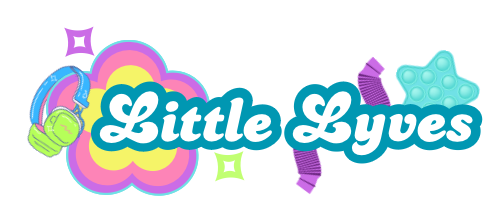Sibling relationships can be challenging, especially when one child is neurodivergent. When disagreements arise, neuroaffirming approaches can help nurture positive connections and emotional growth. These techniques are designed to support children with autism or ADHD while fostering kindness and understanding between siblings.
Validate and Redirect
When a child expresses frustration toward their sibling, validate their emotions without condoning unkind words. For example:
- Say, “It sounds like you’re feeling overwhelmed. Let’s find a way to help you feel better.”
Redirect their focus to more positive communication methods, such as using “I feel” statements. Practice with phrases like, “I feel frustrated when…” instead of lashing out.
Social Stories: Teaching Empathy Through Narratives
Social stories are excellent tools for helping children understand how their words affect others. Create a short, simple narrative showing a situation like this:
- “When I feel upset, I can take a break or use kind words to share my feelings. Being kind helps everyone feel happy.”
These visual or verbal aids can teach empathy and improve social interactions.
Sensory Breaks and Regulation Tools
Many neurodivergent children struggle with sensory regulation. When frustration arises:
- Offer calming tools like noise-canceling headphones, stress balls, or a quiet corner.
- Encourage sensory breaks before conflict escalates. A sensory diet tailored to their needs (e.g., jumping, stretching, or squeezing a stress ball) can reduce overstimulation.
Model Positive Communication
Children often learn by example. During sibling conflicts, model constructive communication, gently and calmly, without condescension:
- “Let’s talk about how we’re feeling instead of saying something hurtful.”
- Show how to apologize sincerely and brainstorm solutions together.
Co-Regulation: Managing Big Emotions Together
Help your child regulate emotions by staying calm and offering physical or verbal reassurance. Use co-regulation techniques:
- Deep breathing exercises. “Let’s take three big breaths together to feel calm.”
- Gentle squeezes or hugs (if they’re receptive). This reinforces safety and connection.
Collaborative Problem-Solving (CPS)
Involve both siblings in solving conflicts together. Ask guiding questions like:
- “What can we do to make playtime fair for both of you?”
This approach promotes autonomy, respect, and teamwork.
Celebrate Strengths and Interests
Your child’s intense focus on favorite activities (like reenacting movies) can become a strength:
- Encourage positive engagement by including the sibling in their world. For instance, turn the reenactment into a family storytelling game.
- Use their unique interests to bond and create shared experiences.
Set Clear Boundaries with Scripts
Provide examples of what is and isn’t okay:
- “It’s okay to need quiet, but it’s not okay to hurt someone’s feelings. You can say, ‘I need space,’ instead.”
Reinforce boundaries calmly and consistently, using visual or written prompts if needed.
Promote Sibling Bonding
Plan activities that bring siblings together in positive ways, such as:
- Shared art projects or baking.
- Cooperative games that encourage teamwork.
Positive interactions build stronger bonds over time.
OT-Based Strategies for Regulation
Occupational therapy (OT) offers valuable tools for emotional regulation and social interaction:
- Zones of Regulation: Teach kids to identify their emotions (e.g., red for anger) and choose actions to calm down.
- Visual Schedules: Predictable routines reduce stress and conflict during shared activities.
- Sensory Diets: Tailored daily activities can help balance energy and emotions.
Final Thoughts
By embracing neuroaffirming strategies, you can nurture sibling harmony and help your neurodivergent child thrive in their relationships. Focus on empathy, communication, and proactive regulation to foster a loving environment where both children feel understood and valued.
Parenting is a journey of growth-for you and your children. With these tools, you can turn sibling challenges into opportunities for connection and learning.


